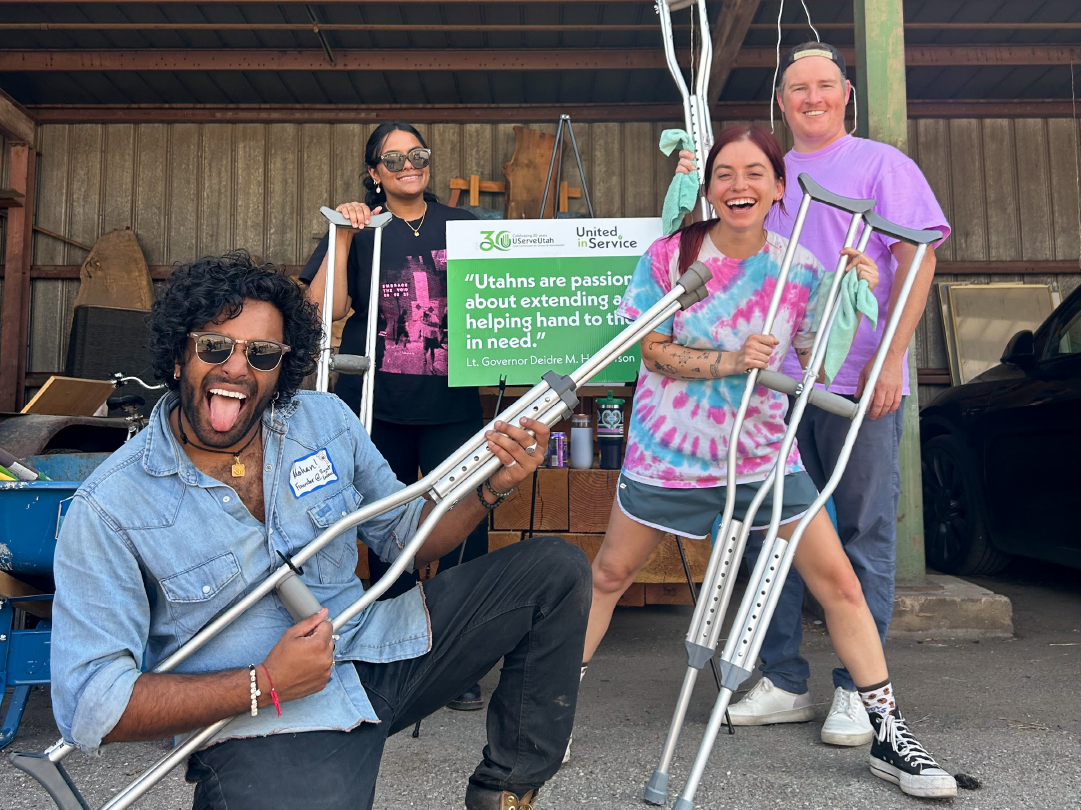Understanding the Differences Between Formal and Informal Volunteering
Volunteering comes in many forms, but broadly speaking, it can be categorized as either formal or informal. Both types of volunteering serve critical roles in strengthening communities, but they differ in structure, scope, and impact.
What is Formal Volunteering?
Formal volunteering typically involves working with an established organization or program, often with specific guidelines, expectations, and a structured schedule. These opportunities are usually organized by nonprofits, government entities, or community organizations, and volunteers often undergo a selection process, receive training, and work within a defined role.
- Example of Formal Volunteering: AmeriCorps is an excellent example of formal volunteering. Participants, often referred to as AmeriCorps members, commit to a set period of service, which could range from several months to a year. In exchange, they receive benefits such as a living stipend, professional development, and an education award. AmeriCorps members work on critical issues such as disaster relief, education, and public health, offering their time and skills to make a meaningful, structured impact.
What is Informal Volunteering?
Informal volunteering is often more spontaneous and less structured. It usually involves helping out on a personal or community level, without the oversight of an official organization. While it lacks the formalities and commitments seen in organized programs, informal volunteering still provides significant support and creates lasting impact within communities.
Examples of Informal Volunteering:
- Helping a neighbor: Whether it's mowing the lawn for an elderly neighbor or running errands for someone in need, these acts of kindness are examples of informal volunteering.
- Organizing a local cleanup: If you and a few friends decide to clean up a local park, that’s another form of informal volunteering. There's no organization managing the effort; it’s simply people coming together for a good cause.
- Mentoring or tutoring someone in your community: Offering your skills to help others, such as tutoring a child in math or mentoring a young professional, also falls under informal volunteering.
Why Both Are Important
While formal volunteering typically focuses on large-scale issues through organized efforts, informal volunteering meets immediate, everyday needs on a personal level. Both play essential roles in strengthening communities, each addressing unique challenges. Formal volunteers, like those in AmeriCorps, contribute to long-term solutions through structured programs. In contrast, informal volunteers bring flexibility and a direct connection to those they help, reaching individuals who may not be served by formal initiatives. By increasing informal volunteering, we can broaden the impact across Utah’s communities.
Want to learn more?
Check out this video of our team member, Helen, as she dives deeper into the differences between formal and informal volunteering, and explains why both are crucial in building a supportive and resilient community. The video is presented in American Sign Language with English voiceover and open captioning.

